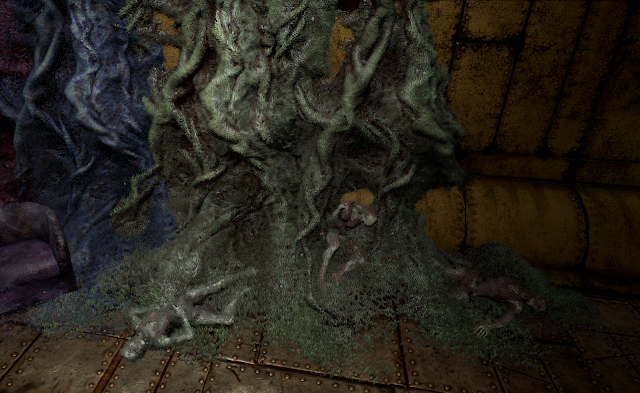I'm working on GUI system for Insomnia RPG. I've done alot of work but there is still much here.
Today I'm finished inventory grid widget that allows player to manage his inventory.
Players will be able to disassemble things to get resources that can be spent when crafting new stuff. We althogh have a barther system that allow to trade things with NPCs.
This widget is used on loot and trading screen as well as on character inventory screen.
Today I'm finished inventory grid widget that allows player to manage his inventory.
Players will be able to disassemble things to get resources that can be spent when crafting new stuff. We althogh have a barther system that allow to trade things with NPCs.
This widget is used on loot and trading screen as well as on character inventory screen.







